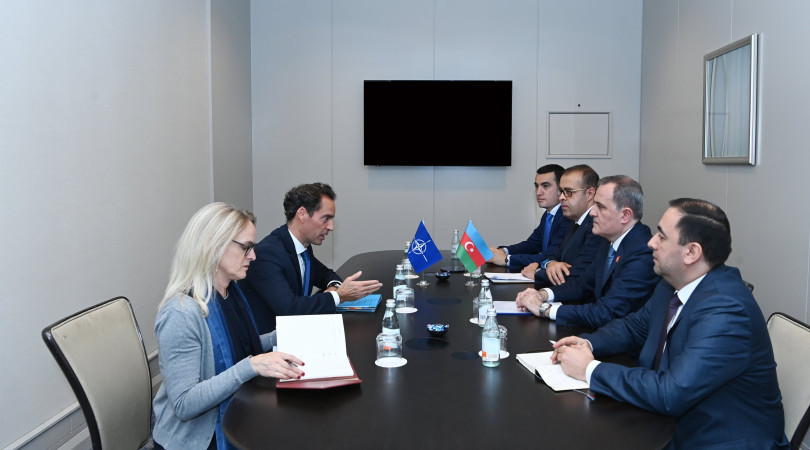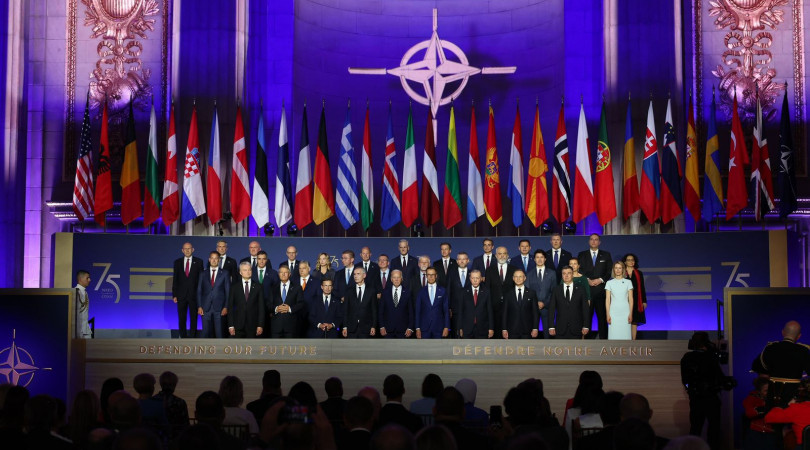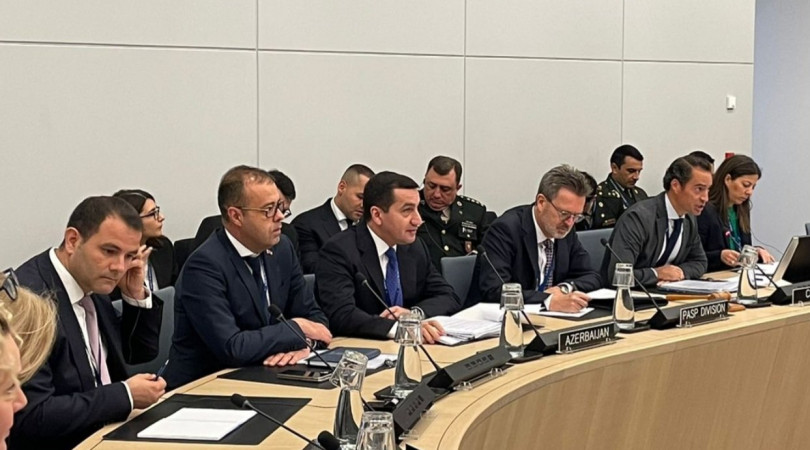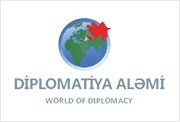Defence reforms
Evolving security circumstances and new threats demand a new approach and instruments within the national defence system. Azerbaijan is responding adequately by means of improving its defence and security sectors. Meanwhile, the on-going defence and security sector reforms are demonstrating Azerbaijan’s commitments to the Euro-Atlantic values.
Azerbaijan was one of the first Partners to join the Individual Partnership Action Plan (IPAP) in 2004, which was suggested by NATO as a new PfP mechanism to provide Alliance’s assistance in the field of defence reforms. In the IPAP framework Azerbaijan has launched various processes to develop effective defence system based on national strategy and procedures and efficient interagency cooperation.
Azerbaijan’s National Security Concept (approved in 2007) continues to be the basis for the development of other strategic policy documents. It has served as a basis for the subsequent elaboration of Military Doctrine (approved in 2010) that defines the missions of the Armed Forces more comprehensively based on the strategic environment and threat assessment.
Military Doctrine details conditions, processes and factors that menace realization of the national interests and challenge national security of the Republic of Azerbaijan. Military Doctrine constitutes the military-strategic, military-economic, military-technical and organizational (structural) basis of the national security. Military Doctrine defines tasks and responsibilities, current and mid-term priorities for building, development and readiness of the Armed Forces and other legal armed formations (State Border Service, Internal Troops and others) of the Republic of Azerbaijan. The articles of the Military Doctrine, in a coordinated manner, provide the implementation of the military, political, economic, informative, legal activities by state and local self-governed organizations, Armed Forces and other legal armed formations that contribute to military security. If necessary, citizen establishments (organizations) and individual representatives of the society can be involved in the implementation of the objectives laid out in these articles. In parallel, the implementation of the approved in 2013 Maritime Security Strategy document is underway. These were followed by the Strategic Defence Review (SDR), which lays out the basis for the development of more effective and capable defence system and armed forces.
Based on the principles of the National Security Concept and Military Doctrine, a number of relevant government agencies are involved in the SDR process carried out in the country. The Defense Ministry ensured the involvement of national experts in various areas of the SDR. Based on the provisions of the National Security Concept and Military Doctrine, SDR defines the structure, the infrastructure and tasks of the Armed Forces to meet the defence and security missions established by the Military Doctrine taking into due account the strategic environment, threat assessment and available resources.
The top objectives of the SDR are to define the functional efficiency of the security system and develop required capabilities measured against available resources, to tackle current and future threats. The other objectives are:
- Based on the directions of the National Security Concept to implement national security policy and support the missions identified in the Military Doctrine;
- In order to further develop national defence capabilities and increase the effectiveness of the national defence system to conduct an assessment of the current status of the armed forces and other military formations, to identify the gaps and shortfalls;
- Develop national defence transformation strategy. Define, develop and implement main programmes and conceptual documents;
- Define national procedures to adapt and integrate the modern standards in the defence and security system. These will support the training of capable defence forces.
The long-term development plan of the Armed Forces developed based on the results of the SDR, accurately reflects the details and priorities of defense plans. It includes, inter alia, the modernization of its logistics support and improvement of the logistics system, the gradual modernization and replacement of its military equipment, the establishment of a modern communication system within armed forces and infrastructure improvements. These priorities are included in the Azerbaijan IPAP as mid and long term objectives.
The Transition of the Armed Forces to the NATO Structure has played an important role in the overall transformation process and has created a basis for reform in the field of defense. During this process, the experience of many NATO countries has been investigated and studied, and the same time relevant expert support has been taken from the NATO Transformation Command.


















